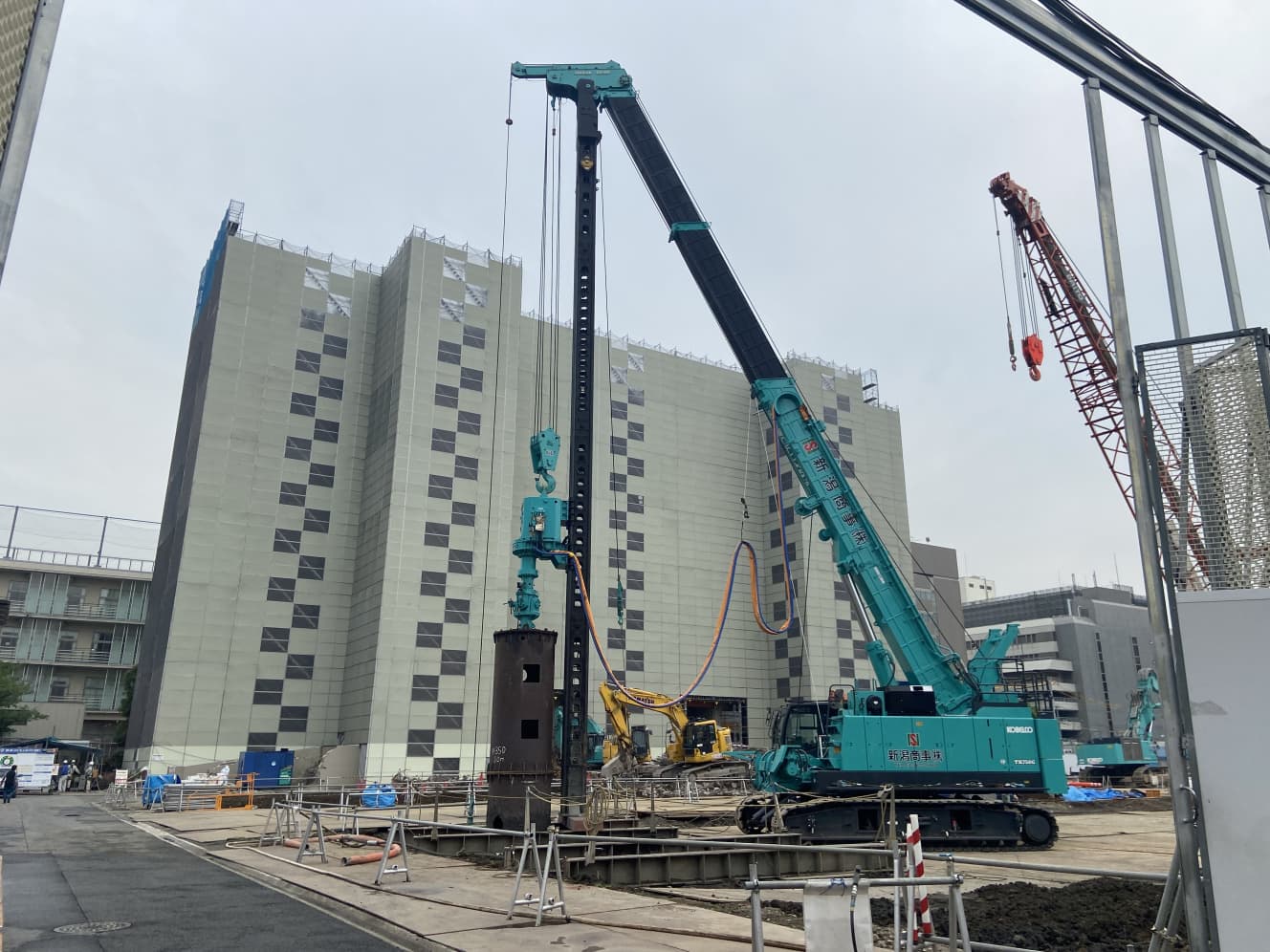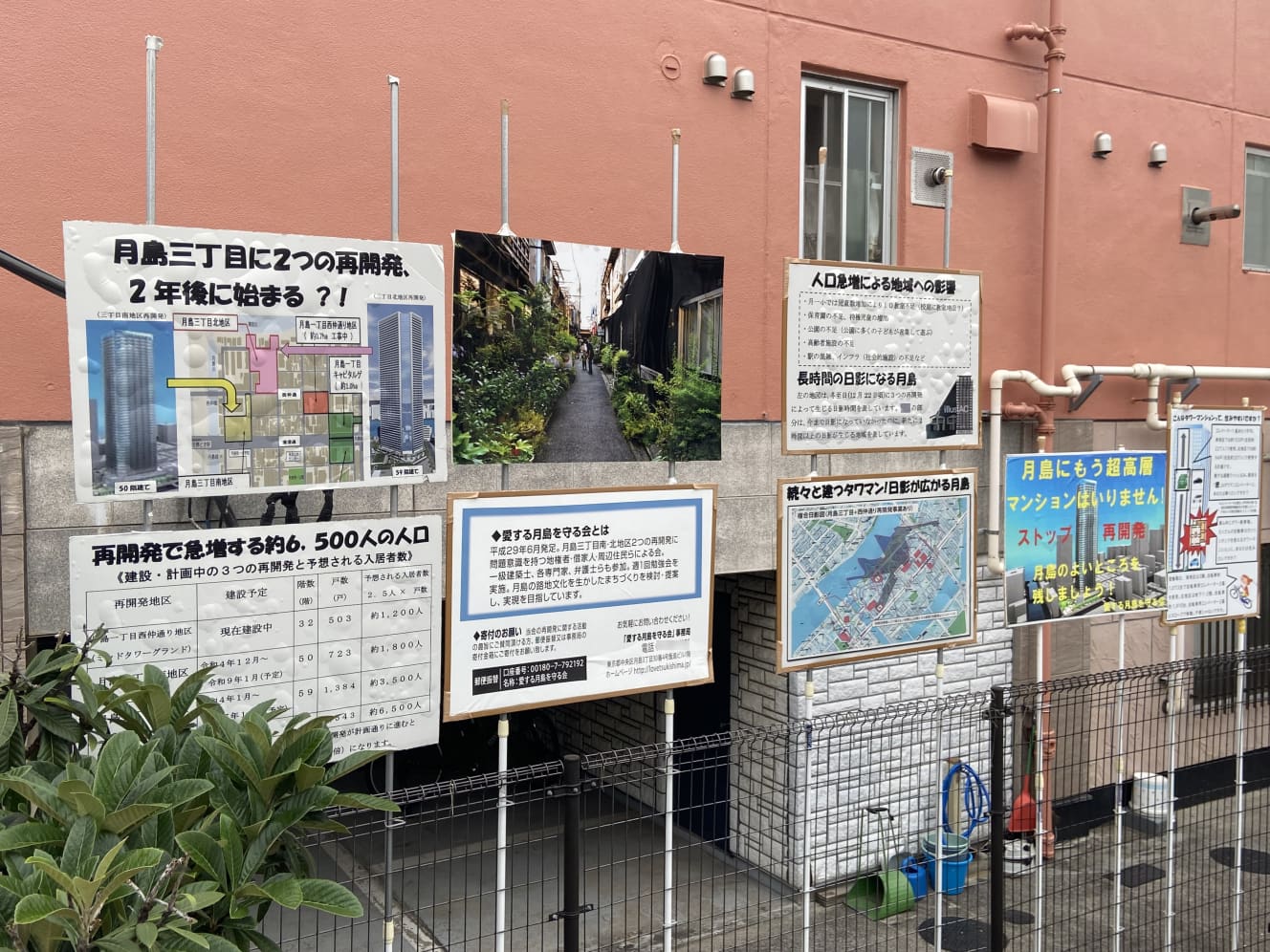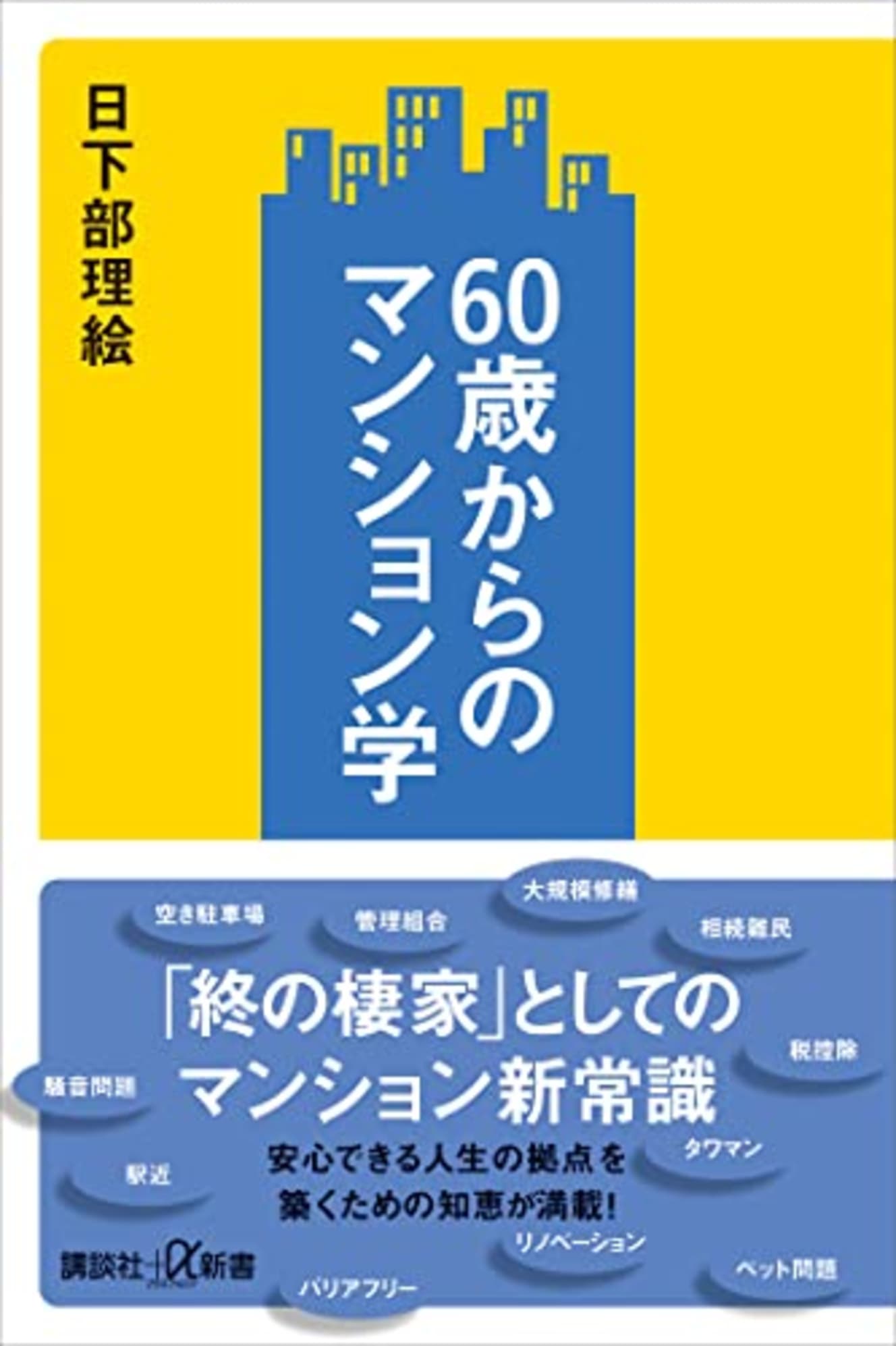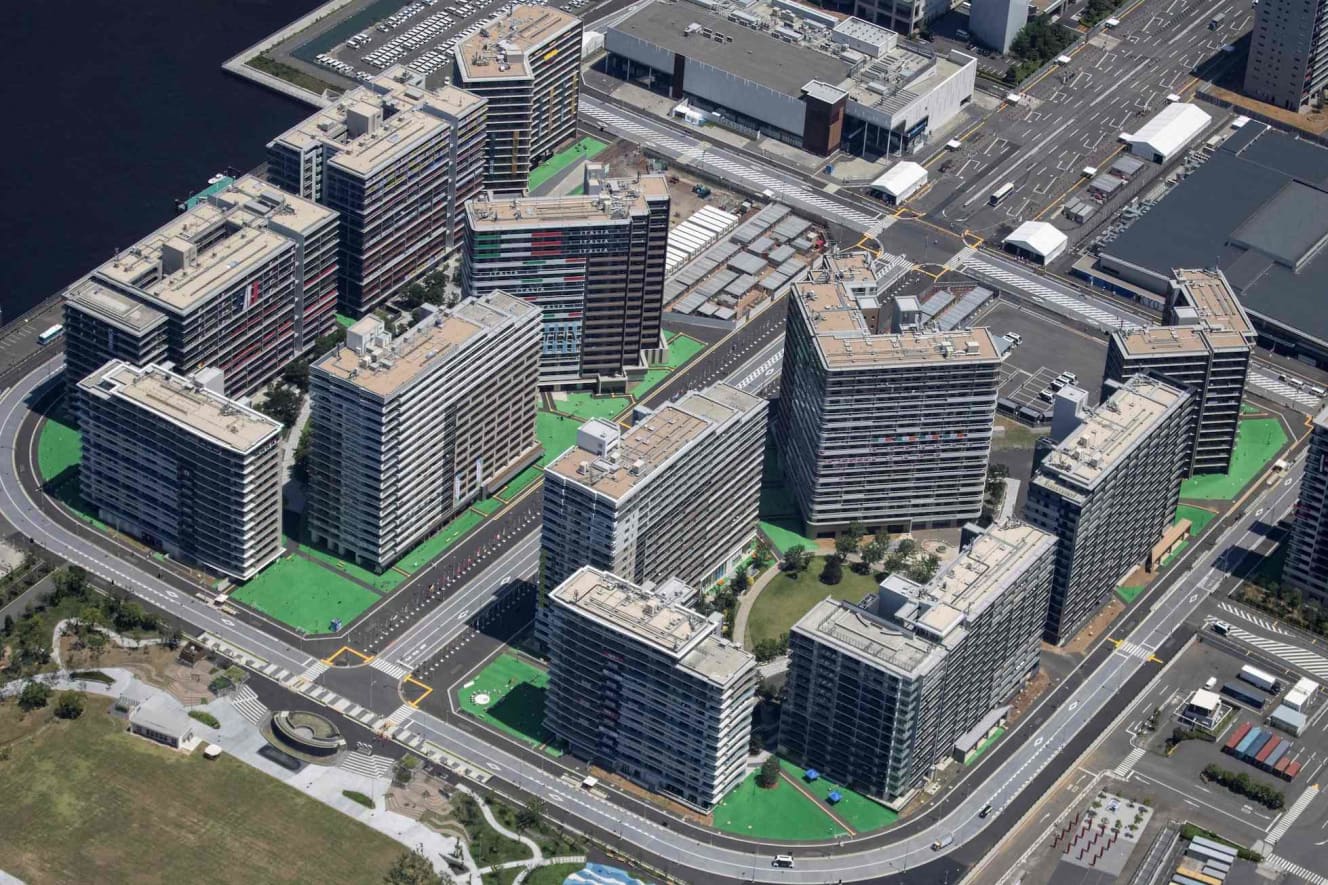Behind the Reiwa recession…there is actually a rush to build “winning condominiums” in Reiwa!
Nine new buildings to be built in Kachidoki area in five years!
Toyomi Area, the final frontier
Prices of condominiums in Tokyo have remained at a high level. While the purchasing power of ordinary consumers is further weakened by the high cost of raw materials due to the weak yen and the fear of inflation, tower condominiums in Tokyo, the symbol of “winners,” are about to experience a “construction rush.
The hot spot is the Kachidoki area in Chuo-ku, where a number of tower condominiums have already been built. In fact, a total of nine luxury tower condominiums are scheduled to be built within the next five years.
Let us reveal the full details. First, two 50-story townhouses (with a total of 1,455 units) are scheduled to be built in the Harumi Flag area, which is being converted from the Tokyo Olympics Village. The Harumi Flag was affected by various circumstances, including the postponement of the Olympics, but as a result, the rising land prices in central Tokyo have made it seem more affordable, and when it goes on the market, it “sells out” on the same day.
Next is “Park Tower Kachidoki” by Mitsui Fudosan Residential. Kajima Corporation constructed the 58-story “South” tower, while Shimizu Corporation constructed the 45-story “Mid” tower. The other building, a 29-story tower with a total of 2,786 units, is a huge project underway.
Looking at the price of Park Tower Kachidoki, some rooms are priced as high as 60 million yen for approximately 40 square meters, or in the 5 million yen per tsubo range. Although it depends on the grade of the residences, considering that the volume zone in the Kachidoki area 10 years ago was around 2.8 million yen per tsubo, it can be said that the price has risen tremendously.
In Kachidoki, which is reclaimed land, the “Toyomi area” located at the western end of the area is said to be the “last frontier. The Toyomi area, lined with warehouses related to the fisheries industry, is now undergoing redevelopment.
Two 56-story condominium buildings will be constructed on the site of the former “Higashi Wholesale Toyomi Housing” (constructed by Shimizu Corporation), which was built in 1973, and a total of 2,077 units are planned to be supplied (by the same construction company). Kachidoki has the impression that the sky is getting smaller every time a new tower block is built, but the development of a more coastal area is expected to accentuate the oddity of the area.

Two buildings in the Harumi Flag, three Park Towers, and two in the Toyomi area. The last two buildings to be listed in the Kachidoki area are the redevelopment plans for Tsukishima 3-chome, which includes Tsukishima Monja Street.
Two redevelopment projects are underway in parallel, one for 1,295 units and the other for 723 units. Not only will the two huge condominiums be built, but the surrounding commercial facilities will also be reconstructed.
As mentioned above, Tsukishima is an area that still retains a touch of downtown Tokyo, with its Tsukishima Monja Street and izakayas (Japanese-style pubs), and in recent years, there has been a high demand for inbound tourism. The construction of a tower condominium in such an area has been met with opposition from nearby residents.

If these nine buildings are supplied, simple calculations indicate that more than 6,000 new housing units will be added. According to a national tax survey, the average number of residents per unit is 2.33, which means that more than 10,000 people could be added within a 2-kilometer radius of the Kachidoki and Tsukishima areas.
Rie Kusakabe, author of ” 60-sai kara no mansion studies” (Kodansha + Alpha Shinsho ), explains.
In the past, Shinonome, Toyosu, Kachidoki, and other areas along the bay coast were popular for so-called “bargain tawawamans,” where one could live in a tawaman at a discount in exchange for the risks and disadvantages of tsunami, liquefaction, and being far from train stations. However, as the price of condominiums in central Tokyo has skyrocketed, the Kachidoki area has also been hit by the rising prices of condominiums one after another.
Perhaps developers are still groping for sales. Even in the Kachidoki area, there are a few existing townhouses that remain unsold here and there. Since more than 6,000 units will be supplied at once, the difference between “winners” and “losers” will become apparent.
As the population grows all at once, the problems of station capacity, daycare center vacancies, and other surrounding facilities will also increase. Kachidoki Station in particular is expected to become crowded again, although a new platform has just been supplied in 2019 to ease congestion and provide convenience. When you live there, you will not be able to enjoy the lifestyle you have envisioned.

Interview and text by: Daiki Kaneko
Born in 1993. Focusing on real estate and market information, he has covered a wide range of topics including venture companies, music, restaurants, apparel, and automobiles. He is a certified sauna and spa health advisor.
